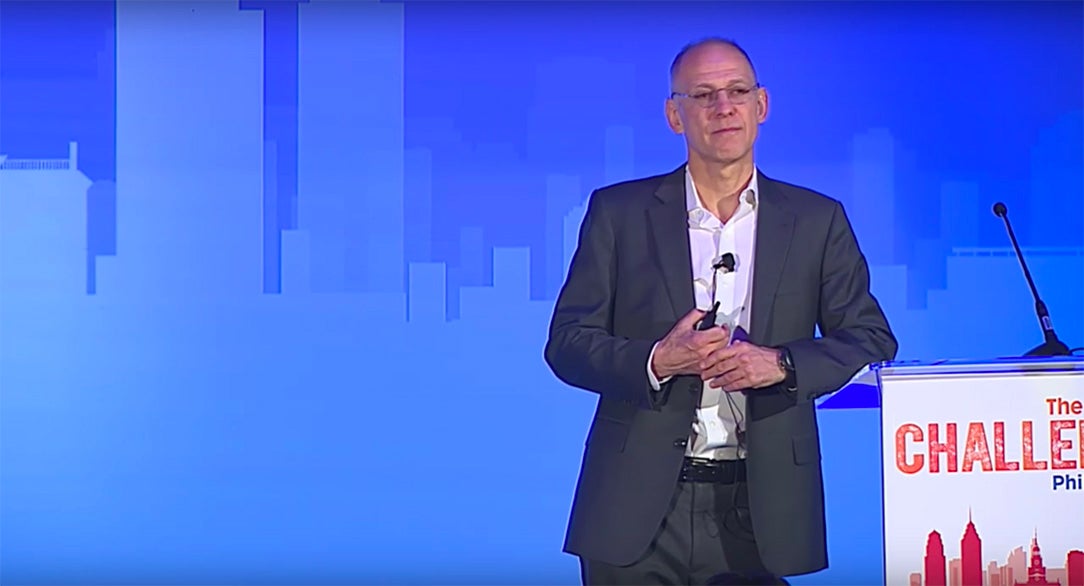The Earth lives. Of the approximately 2,000 planets that have been studied by scientists, so far only one is known to support life. Our Earth, a vast network of interconnected organisms and processes, seems at this point to be entirely unique in the universe.
Yet humans continue to stretch the delicate fabric of life to its limits. From space-borne observations of Earth, we see the human species gradually exhausting resources, altering ecosystems, and contributing to make a planet that is almost perpetually on fire. Large burning incursions on major forest ecosystems clear trees from the land used to support increasing human agricultural demand. The elimination of pristine natural spaces brings the dissolution of species habitats and rising extinction rates, as well as a decline in critical ecosystem services – for example, the storage of carbon and water. As more people in the world aspire to live the excesses of the American lifestyle, with big screen televisions, big trucks, and fast food, we will need to consume additional resources, about four times more than the Earth actually has the capacity to support, in order to satisfy our swelling demand.
While our rapid growth modifies the very face of our planet, we might ask the question, “In what way do we provide anything in return?”
How do we compassionately talk about the desperate environmental challenges we leave to the next generation? Where does the decline of our natural world rank on the list of other critical world issues? How is environmentalism relevant for modern students, faced with urgent and threatening personal, family, school, and community challenges?
One reason to have hope is the power that young people have to create a new pathway to a conscious existence. Many of the largest issues in the world are actually symptoms of the same root causes. If we think in this way, we can motivate young people to be aware of these causes, and to redefine what it means to be an “environmentalist” by taking hundreds of tiny steps every day. The Aspen Challenge is designed to inspire bright young stars to shape that road to our future.
So where do we begin? Well, we’d like the next generation to know that they are not strangers to this earth, they are a part of it. Knowledge of a lifestyle in harmony with our surroundings still exists as a spark somewhere in our genetic memory. Scientists believe that it may be our separation from the experience of the world around us, our disconnected modern lifestyles, and the loss of the wisdom of a thousand generations of previous cultures that causes us so much suffering. Studies have shown that the experience of nature makes this knowledge familiar again: Regular nature-goers have reported increased health, higher self-esteem, greater capacity for creativity, reduced symptoms of disorders like ADHD, depression, and anxiety, with similar effects as prescription anti-depressants.
We should also admit that there is practically no really “big” problem these days that still exists because of a lack of information, a lack of technology, or a lack of knowledge about solutions. Almost all large problems in the world persist due to a lack of coordinated action, a lack of compassion, or a lack of interest, especially by those living closest to the problem. In order to increase our awareness of our environments, young people need to build a sense of pride in their communities and to have faith in their ability to solve the problems on their front doorsteps. More of a physical presence in these places — stopping to look around on the way from our indoor home lives to our indoor school and work lives — may be a way forward. Getting outdoors, every day, so the problems in our neighborhoods and communities are confronted head-on, may force us to think harder about opportunities and actions and push us to be uncomfortable with the status quo.
In this sense, “environmentalism” is not all that different from each of the other concepts presented in the Aspen Challenge. There are simple lessons in each of these issues that may matter more than any science, technology or engineering class. When you consider the state our planet is in, the risk of going outside again might be worth it.
JT Reager is an earth scientist at the NASA Jet Propulsion Laboratory in Pasadena, California, and a speaker at the 2017 Aspen Challenge in Philadelphia.


